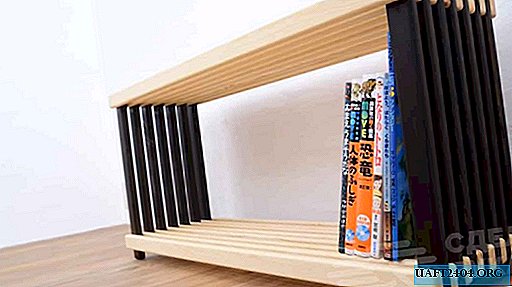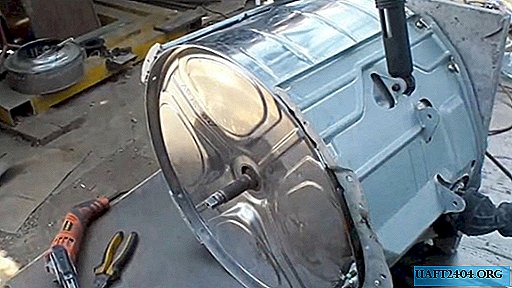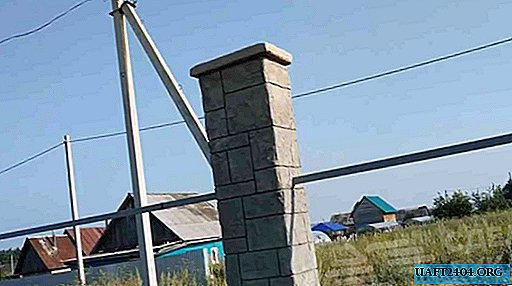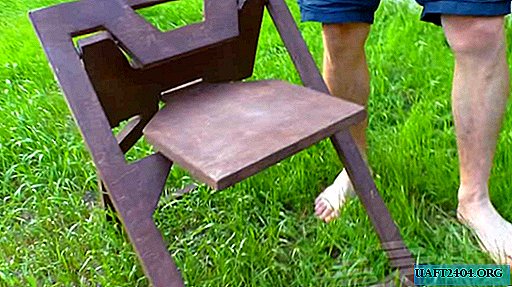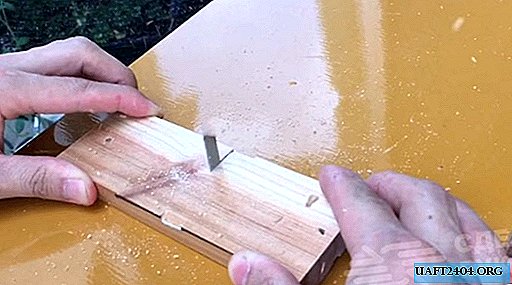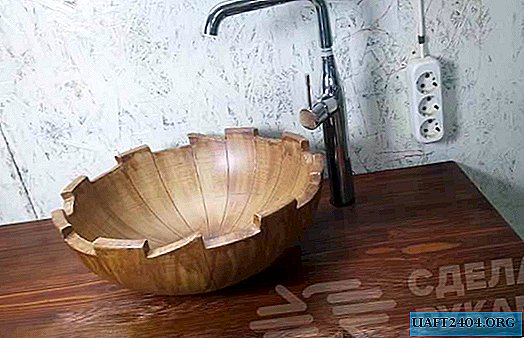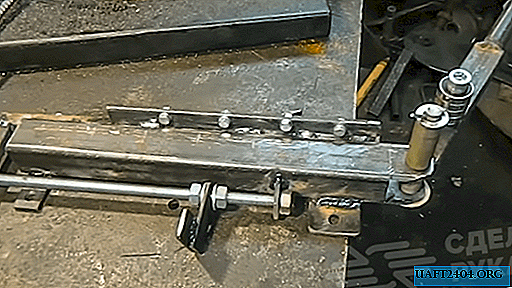Share
Pin
Tweet
Send
Share
Send
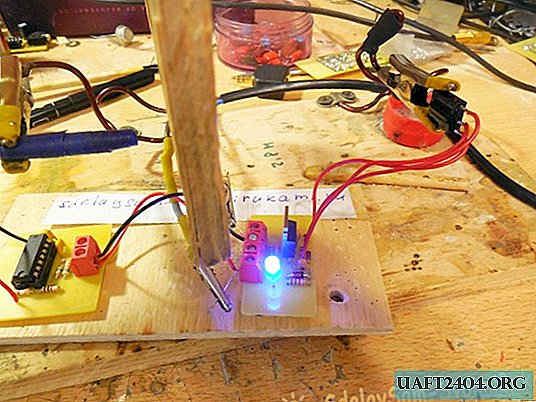
As you know, in addition to the visible light spectrum, there is also infrared radiation that is not perceived by the human eye. It is often used in remote controls to transmit various commands. An interesting fact is that in order to "see" infrared light, it is enough to point the lens of the digital camera at the IR emitter of the remote control and press the keys on it. At the same time, a luminous dot will be visible on the camera screen - this works as an infrared LED.
IR rays in electronics make it possible to create such an interesting device called the infrared barrier. It consists of two parts - a transmitter and a receiver. The transmitter is a regular IR LED, which receives a packet of pulses. The receiver continuously captures and detects these pulse packets. When there is a free visible connection between the receiver and the transmitter, i.e. the light freely "reaches" the receiver, a logical zero is set at the output. But as soon as a foreign object appears in the coverage area, the connection is instantly broken and the receiver signals this. It is possible to use such a barrier, first of all, in security alarms, because IR radiation cannot be seen with the naked eye.
The advantage of this particular circuit is that the infrared LED in it does not glow continuously, but pulsed. Firstly, it extends the life of the LED itself and reduces current consumption, and secondly, it is a good means of protection against false alarms, so the circuit can be safely used even on the street, when direct sunlight enters the receiver.
Transmitter circuit

The transmitter circuit is based on the NE556 dual integrated timer, which generates pulses for the emitting LED1, while the resistor R2 sets the radiation power. All other elements of the circuit must strictly comply with the specified rating in order to comply with the desired frequency of the generator. D1 - any low-power diode, for example, 1N4148, 1N4007, KD521.
Receiver circuit

The key link in the circuit is a special IR signal receiver, designated as TSOP (Temic Semiconductors Opto Electronics Photo Modules). You can find it on any TV that has a remote control. Any receiver designed for a frequency of 36 kHz, for example, TSOP1736, is suitable here. This receiver controls the gate of the VT1 field effect transistor. Because the output signal of the receiver is about 5 volts, then the transistor must be applied with logical control, for example, IRL520 or any other from the IRL series. In extreme cases, you can put the usual field, for example, IRF540, IRF740, IRF630, but it will not open completely. LED1 indicates the output status of the circuit. When the visible connection between the receiver and the transmitter is not broken, the output voltage is zero, LED1 is off. As soon as a foreign object appears in the coverage area, LED1 lights up, and the voltage at the OUT output becomes equal to the supply voltage. D1 in the diagram is a 5 volt zener diode, for example, 1N4733 can be used.

IR barrier assembly
Each circuit is assembled on its own printed circuit board, the TSOP receiver and IR LED are output on the wiring. The boards are made by the LUT method, a couple of photos of the process are presented below:


As with any electronic device, first small parts are soldered onto the board - resistors, diodes. Then capacitors, and after them everything else. It is advisable to install the microcircuit in the socket, and for convenience, connect the power wires through the terminal blocks. After soldering, wash off the flux residues from the board, ring the tracks for a short circuit.



Setup and testing
After assembly, you can supply power to the boards. The supply voltage of both circuits is 9-12 volts. After switching on, make sure that the voltage at the cathode of the zener diode in the receiver circuit is approximately 5 volts. If it is higher, you need to check the efficiency of the zener diode and resistor R2, otherwise the TSOP receiver may burn out. Having launched the transmitter, you can look at the LED through the camera lens, it should light up slightly. It is advisable to place the LED in a tube 3-4 cm long so that the light does not scatter on the sides, but is directed strictly in one direction.

Now you can direct the receiver with the LED to the receiver and see what happens. When there is a visible connection between them, the blue LED is off, this can be seen in the photo.

Now put a piece of plywood on the path of the infrared radiation stream, the connection between the receiver and the transmitter will be lost and the blue LED will light up immediately.

You can experiment with various materials. Paper and transparent plastic transmit infrared radiation, so the IR barrier does not respond to them. But metal, wood, a person’s hand or other dense materials are an obstacle to the rays, as can be seen from the video.
Share
Pin
Tweet
Send
Share
Send

